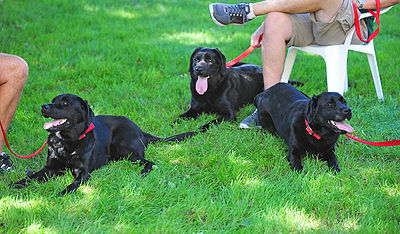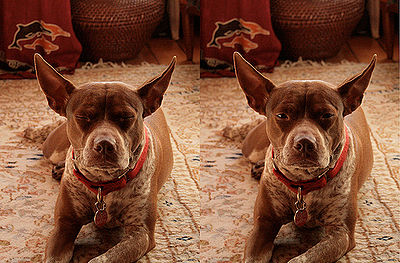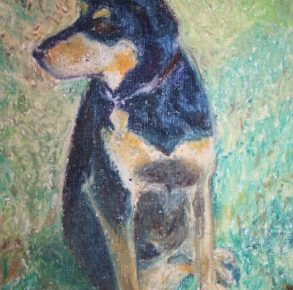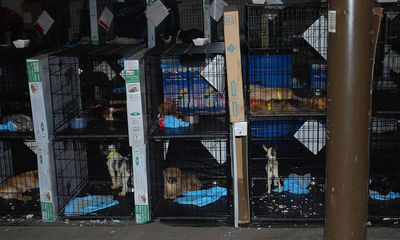
No one really knows for sure, but it is believed that some pets can recognize their littermates after being separated for a time, particularly if separation occurs after 8-10 weeks old.
We know from studies that wolves bond with littermates and form packs. They do not usually accept a stranger into their pack.
Researchers have found that there may be a certain scent involved in recognition that makes it possible.
In the same vein, some pets may recognize other pets of their breed and even prefer their company over others.
Pets often form close relationships and if separated for any reason, the remaining pet may mourn the loss very deeply, refusing food, clinging to the human.
When littermates are adopted together, they may bond very closely and become agitated if separated even for a short time. This can be problematic for their human.
I have a friend who shared her home with 2 poodles, a mother and her daughter. Throughout their lives, Honey Bee always followed Daisy Mae’s (her mother) lead, behaving like a young child to its mother, always dependent.
Of course, even if it’s true that littermates do recognize each other after a long separation, there’s no guarantee that they will get along. Just as humans, we can choose our friends, but not our family.
So for now, the jury is still out. Until we can interpret our pets’ language completely, we can only guess at some of the meanings.



